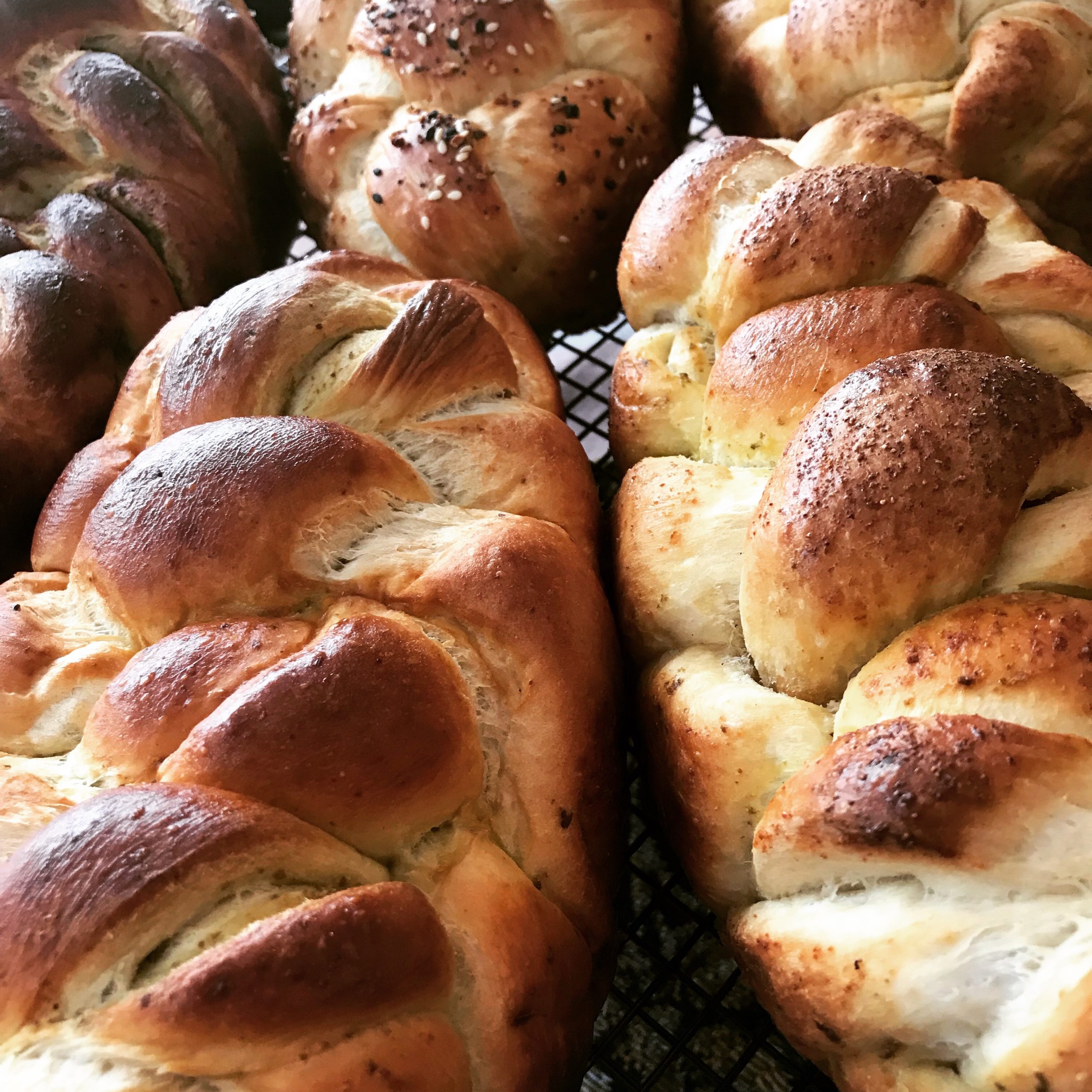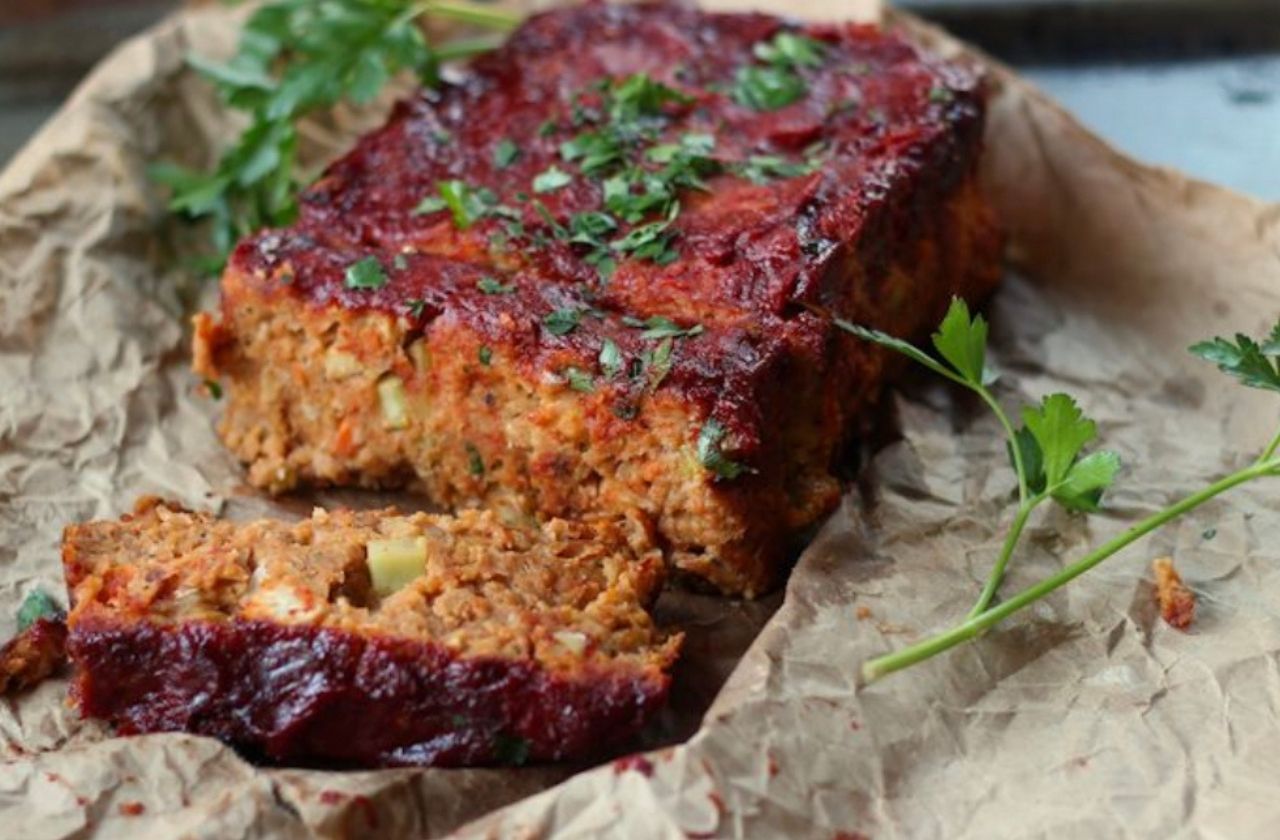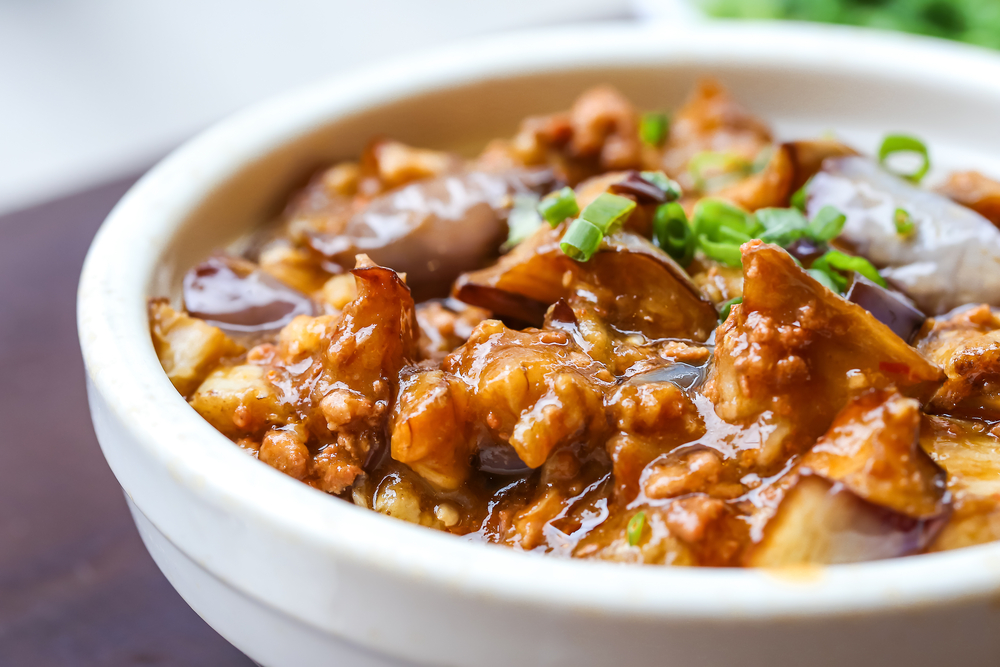Vegan Shabbat at a Meat Eater’s House
A shabbat with oneg and kavod can be enjoyed even without meat at the table…here’s how.
by Shoshana Isaacson
UNORTHOBOXED Magazine Food Editor
Although many people hold that it is a halachic requirement for Shabbat or holiday meals to include meat, there are sources in the Torah that support the option of a vegan meal. It is not the intention of this article to render a halachic opinion on this subject but to inform the reader as to how to prepare foods to fit a vegan lifestyle.
Having a guest for a Shabbat or Yom Tov meal tell you that they have an allergy or a serious issue with one type of food can be nerve-wracking for the average host. Having a guest you are planning on hosting tell you that they follow a strict vegan diet can send many a balabusta running for the hills in a state of panic. But in this day and age that should no longer be the case. More and more people are eating plant-based and vegan diets for an array of reasons, and today more than ever there are tasty kosher vegan substitutes for just about any food you can think of, from eggs to sausage. Being able to comfortably host someone who follows one of these diets need not be a reason for anxiety.
Most people today understand that being vegetarian means the person does not eat meat but may eat some animal byproducts such as eggs, dairy and honey. But egans eat nothing that is animal-based or a byproduct of animals – no eggs, no dairy, no honey, and for someone who doesn’t follow this lifestyle it may seem like all they can serve is salad. Rest assured, a full Shabbat meal with a variety of tastes and textures can be prepared easily and fully vegan, if necessary.
There are so many cuisines around the world that lend themselves to being prepared in a vegan way that you could make this a themed meal and get super creative. If you prefer more traditional Eastern European Shabbat fare, that works as well. Planning your menu ahead of time so you can purchase any ingredients you don’t have on hand will ensure things go smoothly when you are cooking.
We all know that the two things needed for any Shabbat or Yom Tov meal are wine and challah. To ensure that the wine you purchase is vegan… Wait, you mean wine might not be vegan? Yes, but here is what you need to know. In some manufacturing scenarios there is a process called fining that uses small particles of animal products in the process. The process is different in kosher wine production, so all kosher wines are also vegan. Whew! With challah, we don’t get off quite so easily. There are two basic types of challah people make for Shabbat. Egg challah, which is not vegan, and water challah, which usually is. Water challah can be vegan as long as in place of an egg wash for the crust one uses water and oil, or water and sugar. There are plenty of vegan challah recipes available online, and many of them are just as yummy as the egg challah most of us are familiar with.
With the wine and challah covered, the rest of the vegan meal can be as varied as your imagination and time will allow for. Pleasing everyone at the table with a meal that they can all enjoy makes the life of the cook much easier. After the challah and wine, what is left? Generally, most Shabbat meals include an appetizer and salad course, maybe a soup course, a main course with side dishes and a dessert. Shabbat day meals often have a Crock-Pot
entree as the center of that meal (be aware, however, that some extremely strict vegans won’t eat food cooked in the same slow cooker crock that meat has been cooked in, so make sure to ask your specific guest).
Before you start cooking, you should familiarize yourself with the ingredients that are from animals that can be hidden in commercially-made condiments and seasonings. A few of these are: albumin, carminic acid, casein, gelatin, dextrose, glycerides, and more. Use of these ingredients often affects the kashrut of an item as well, but some do not and it is good to be familiar with as many of these hidden ingredients as possible. Mayonnaise is traditionally made from eggs and oil so it is not vegan, but there are some commercially-made certified vegan mayonnaise substitutes that are readily available where vegan products are sold, and the taste difference is nearly indiscernible. Some other foods that commonly contain hidden animal ingredients are: gelatins, salad dressings, marshmallows, candy, non-dairy coffee creamers, commercially-made breads and bagels, refined white sugar, snack chips and some flavor extracts. Just being kosher and pareve doesn’t always mean the hidden ingredient isn’t there. It is best to ask your expected guests if you are having trouble finding a substitute ingredient. They will really appreciate the effort.
Wondering how to pull off a vegan shabbat? Here is an example of a traditional Ashkenazic-style vegan menu that will fill and satisfy even the most diehard of meat eaters:
Friday Evening:
- Challah (recipe below)
- Appetizer – Mock Chopped Liver, Hummus, Pickles, Olives
- Notsa Ball Soup (recipe below)
- Roasted Vegan Loaf (recipe below)
- Mashed Root Veggies
- Roasted Garlic Green Beans & Mushrooms
- Vegan Chocolate Cake
Shabbat Day:
- Challah
- Assorted Dips and Salads
- Large Leafy Green Salad w/ simple vinaigrette
- Hearty Vegan Cholent w/ Vegan Kishka (recipe below)
- A hearty grain like Farro or Wild Rice
- Seitan Schnitzel Bites w/ dipping sauce (recipe below)
- Leftover Chocolate Cake and Cut Fresh Fruit
Shoshana’s Water Challah
Based on recipe from Rebbetzin Kanievky
A light fluffy challah with a crunchy crust that will delight all.
Ingredients
5 cups warm water
1 ¼ cups sugar
4 tablespoons dry yeast
1 ¼ cups oil
1 ½ tablespoons salt
5 pounds of unbleached bread flour
For wash:
½ cup warm water w/ 1 tablespoon of sugar
OR
½ cup oil of choice

Step by Step Instructions
Step 1
Place the 5 cups warm water, 1¼ cups sugar and yeast into a large bowl. Whisk well and let sit for 5 to 7 minutes.
Step 2
When the liquid has become bubbly, whisk in the 1¼ cups oil and salt.
Step 3
Add the flour one cup at a time, mixing with a wooden spoon and then by hand until a shaggy dough is formed.
Step 4
Remove the dough from the bowl and knead, adding flour until a smooth elastic dough is formed.
Step 5
Place the dough into a well-oiled bowl, turning to coat on all sides. Cover with a damp towel and leave in a warm location for an hour.
Step 6
Take challah at this point and make a bracha.
Step 7
Punch down dough and divide into six to eight pieces of equal weight. Divide each of those into the number of coils you prefer to braid.
Step 8
Oil or line loaf pans.
Step 9
Place braided dough into the loaf pans cover and let rise for an additional hour.
Step 10
Preheat oven to 350F.
Step 11
Brush the loaves lightly with either the water and sugar wash or with oil and bake for about 45 minutes until golden brown and hollow sounding when you knock on the loaves.



